This article was medically reviewed by Joseph Whitehouse, MA, DDS. Dr. Joseph Whitehouse is a board certified Dentist and the Former President of the World Congress on Minimally Invasive Dentistry (WCMID). Based in Castro Valley, California, Dr. Whitehouse has over 46 years of dental experience and counseling experience. He has held fellowships with the International Congress of Oral Implantology and with the WCMID. Published over 20 times in medical journals, Dr. Whitehouse's research is focused on mitigating fear and apprehension patients associate with dental care. Dr. Whitehouse earned a DDS from the University of Iowa in 1970. He also earned an MA in Counseling Psychology from California State University Hayward in 1988.
There are 11 references cited in this article, which can be found at the bottom of the page.
This article has been viewed 43,541 times.
If you have ever been to the dentist, you've been given a lecture on how important flossing is. Without flossing, you put yourself at risk for gum damage. That makes dental floss an essential part of home dental care, but with so many options available, it can be hard to choose which one is right for you. Nonetheless, dentists agree that it doesn't matter so much what kind of floss you pick, as long as you are flossing once a day.
Steps
Deciding Between Types of Flosses
-
1Choose a thick floss when you have large gaps. If you have large spaces between your teeth, pick an extra thick floss. Some options include dental tape or super dental floss. Choosing a thicker floss will help ensure that you are actually flossing all the surfaces of your teeth and makes flossing easier.[1]
- You'll know you have gaps if a normal dental floss slides in very easily, and you see ample space around it.
- The most likely reason for gaps is you've had teeth removed or you had a large amount of tartar (calculus) that was removed by your dentist after scaling and cleaning. Or you could just naturally have larger spaces between your teeth. You may also need it if you've had bridge work.
-
2Pick a smaller floss for smaller spaces. If your teeth are more tightly pushed together, you may need a thinner floss. That is, you don't want to pick one that says "tape" or "super" dental floss. Those flosses will be too thick to fit between your teeth.[2]Advertisement
-
3Choose waxed or unwaxed. You can really use either of these on your teeth, depending on your preference; however, the waxed kind can make it easier to floss if your teeth are packed more tightly together, so you may want to reach for waxed if that's the case with your teeth.[3]
- The kind you choose won't make a difference to how your teeth are flossed, as long as you are flossing.[4]
- One benefit of unwaxed floss is that it makes squeaking noises against clean teeth, so it helps you know when your teeth are clean.[5]
- It's important to use waxed if you have braces, as unwaxed is more easily tangled in your teeth.[6]
-
4Decide on flavored or unflavored. Whether your floss is flavored is really up to you. It doesn't make a difference to how the floss works, and it doesn't add sugar or calories. Flavoring can make it more enjoyable to floss, though, which may encourage you to floss more often.[7]
-
5Choose between materials. Floss generally comes in two types: multifilament and single filament. The multifilament floss is usually made of nylon, while the single filament is usually made of rubber or plastic. Once again, it really comes down to your preference.[8]
- The nylon version is more common, and it's what's mostly used in generic flosses; therefore, it's cheaper.
- If you have fillings that are not properly adapted between your teeth or if there are small pieces of tartar, the multifilament floss will come out worn off, even after a single use. This can be a good sign that you need to see your dentist.
- The single filament version hasn't been around as long, so it's more expensive; however, some people feel like it glides more easily. Also, it's stronger than the nylon version, so if you have problems with floss ripping, it's a better bet.
-
6Look for the American Dental Association (ADA) seal. When picking out a floss, check to make sure you see the ADA seal on it. That means that the American Dental Association has reviewed the product and determined it is effective and safe. In addition, it means the claims that the product makes have also been reviewed for truthfulness.[9]
Looking at Alternatives
-
1Use floss picks for easier access. Some people have trouble flossing the teeth in the back of their mouth. Floss picks stretch a piece of floss between two small plastic arms attached to a stick. This can make it easier to floss, as you only need a single hand to hold the floss.[10]
- Floss picks may not work quite as well as regular floss because they limit the angles you at which you can floss. On the other hand, they can make it easier to floss further back in your mouth where it is harder to reach holding the floss with both hands, especially if you have a small mouth opening.
-
2Try electric flossers for more removal. In some ways, an electric flosser is much like a pick, in that it has a short piece of floss suspended between two small arms; however, an electric flosser has the added benefit of vibration, so it can help remove plaque more thoroughly, as well as massage your gums.[11]
- Make sure the handle is long enough so you can reach teeth in the back.
- Also, look for a smaller head, as that will make it easier to get into hard-to-reach places.
-
3Look at water flossers. If you are opposed to the idea of floss altogether, you should look into water flossers. As their name implies, these flossers use a blast of water to help clean plaque off your teeth and between your teeth. Because they use water, you don't need to mess around with getting the floss between your teeth.[12]
- Water flossers are highly recommended in patients that have dental implants, braces, crowns or bridges.
-
4Consider wood plaque removers. Another type of plaque remover is a wooden plaque remover. In some ways, this product is similar to a toothpick, but it's designed for removing plaque. After softening it in your mouth, you insert the stick with the flat side to your gums and gently move it in and out. This product works best for people who have wide gaps between their teeth.[13]
Expert Q&A
-
QuestionWhy do my gums bleed when I floss?
 Joseph Whitehouse, MA, DDSDr. Joseph Whitehouse is a board certified Dentist and the Former President of the World Congress on Minimally Invasive Dentistry (WCMID). Based in Castro Valley, California, Dr. Whitehouse has over 46 years of dental experience and counseling experience. He has held fellowships with the International Congress of Oral Implantology and with the WCMID. Published over 20 times in medical journals, Dr. Whitehouse's research is focused on mitigating fear and apprehension patients associate with dental care. Dr. Whitehouse earned a DDS from the University of Iowa in 1970. He also earned an MA in Counseling Psychology from California State University Hayward in 1988.
Joseph Whitehouse, MA, DDSDr. Joseph Whitehouse is a board certified Dentist and the Former President of the World Congress on Minimally Invasive Dentistry (WCMID). Based in Castro Valley, California, Dr. Whitehouse has over 46 years of dental experience and counseling experience. He has held fellowships with the International Congress of Oral Implantology and with the WCMID. Published over 20 times in medical journals, Dr. Whitehouse's research is focused on mitigating fear and apprehension patients associate with dental care. Dr. Whitehouse earned a DDS from the University of Iowa in 1970. He also earned an MA in Counseling Psychology from California State University Hayward in 1988.
Board Certified Dentist If you're brushing and flossing regularly but you notice that your gums are bleeding in a particular area. it's a sign that that specific part of your mouth needs a little more brushing and flossing. It may also be a good time to see your dentist, since bleeding gums are a sign of gum disease.
If you're brushing and flossing regularly but you notice that your gums are bleeding in a particular area. it's a sign that that specific part of your mouth needs a little more brushing and flossing. It may also be a good time to see your dentist, since bleeding gums are a sign of gum disease.
References
- ↑ https://www.rifkindental.com/blog/what-to-look-for-when-buying-new-floss
- ↑ https://www.rifkindental.com/blog/what-to-look-for-when-buying-new-floss
- ↑ https://www.rifkindental.com/blog/what-to-look-for-when-buying-new-floss
- ↑ http://www.ada.org/en/science-research/ada-seal-of-acceptance/product-category-information/floss-and-other-interdental-cleaners
- ↑ https://www.deltadentalins.com/oral_health/flossing3.html
- ↑ https://www.humana.com/learning-center/health-and-wellbeing/healthy-living/benefits-of-using-dental-floss
- ↑ https://www.jeffersondentalclinics.com/blog/the-different-types-of-floss-how-to-floss-properly
- ↑ http://www.huffingtonpost.com/thomas-p-connelly-dds/dental-floss_b_1643933.html
- ↑ http://www.ada.org/en/science-research/ada-seal-of-acceptance/product-category-information/floss-and-other-interdental-cleaners
- ↑ https://www.jeffersondentalclinics.com/blog/the-different-types-of-floss-how-to-floss-properly
- ↑ http://www.consumersearch.com/electric-toothbrushes/best-electric-flossers-0
- ↑ http://www.consumersearch.com/electric-toothbrushes/best-electric-flossers-0
- ↑ http://www.ada.org/en/science-research/ada-seal-of-acceptance/ada-seal-products/product-category/product-report/?productid=5277&company=Revive+Personal+Products&category=Between%20the%20Teeth%20Cleaner%20%28Interdental%29
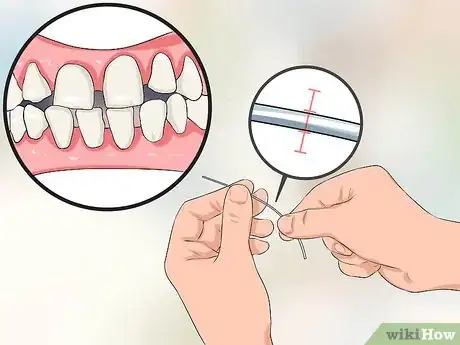
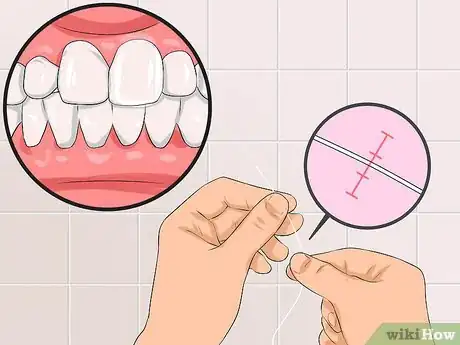
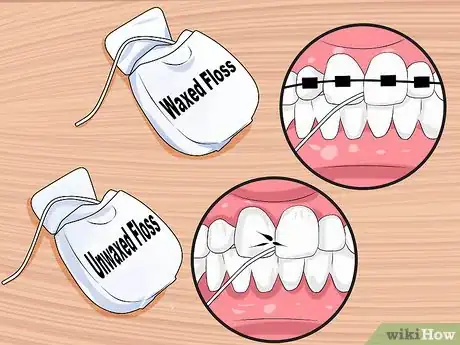
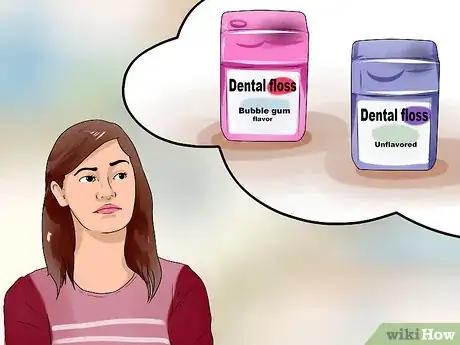
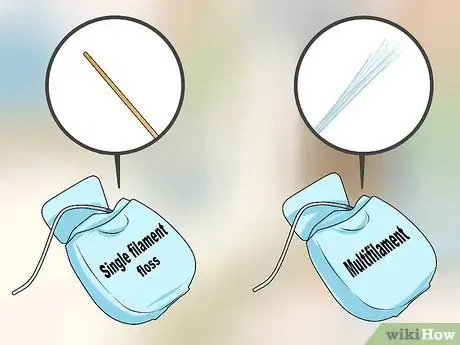
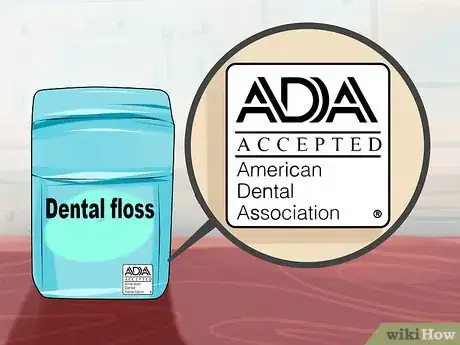
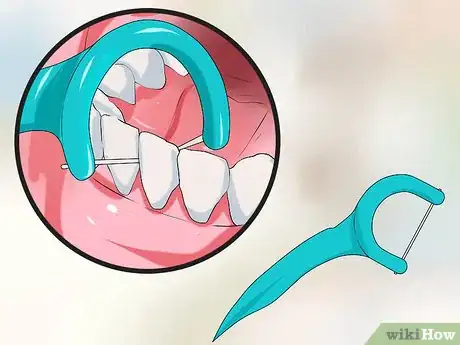
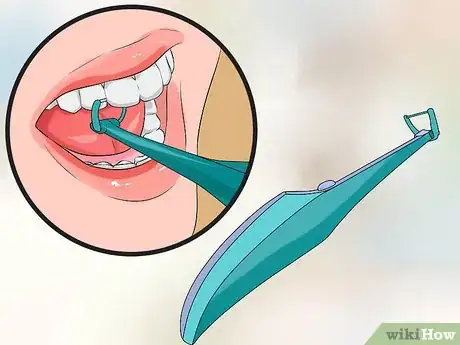
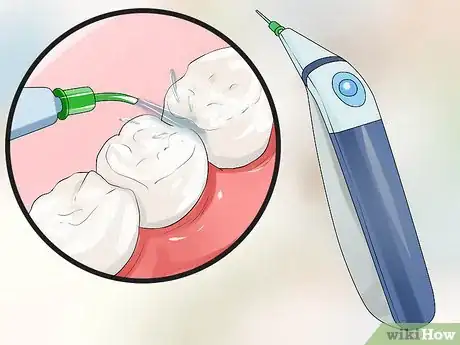
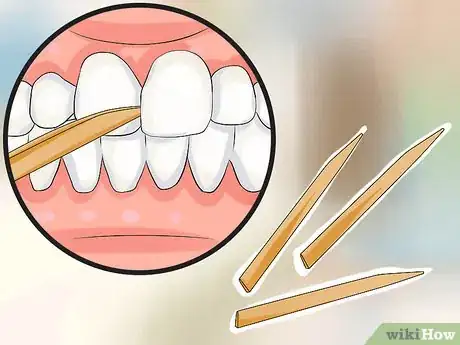
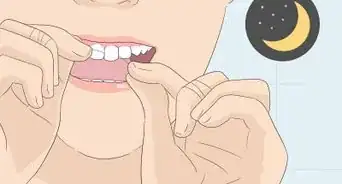





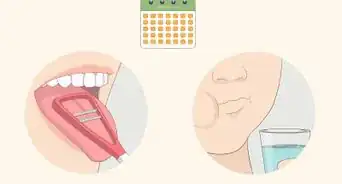


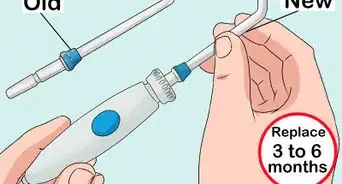
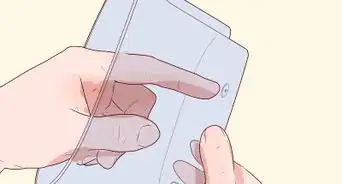

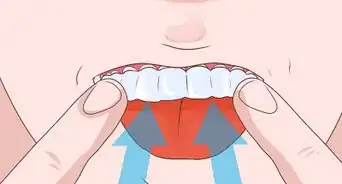









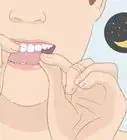






































Medical Disclaimer
The content of this article is not intended to be a substitute for professional medical advice, examination, diagnosis, or treatment. You should always contact your doctor or other qualified healthcare professional before starting, changing, or stopping any kind of health treatment.
Read More...